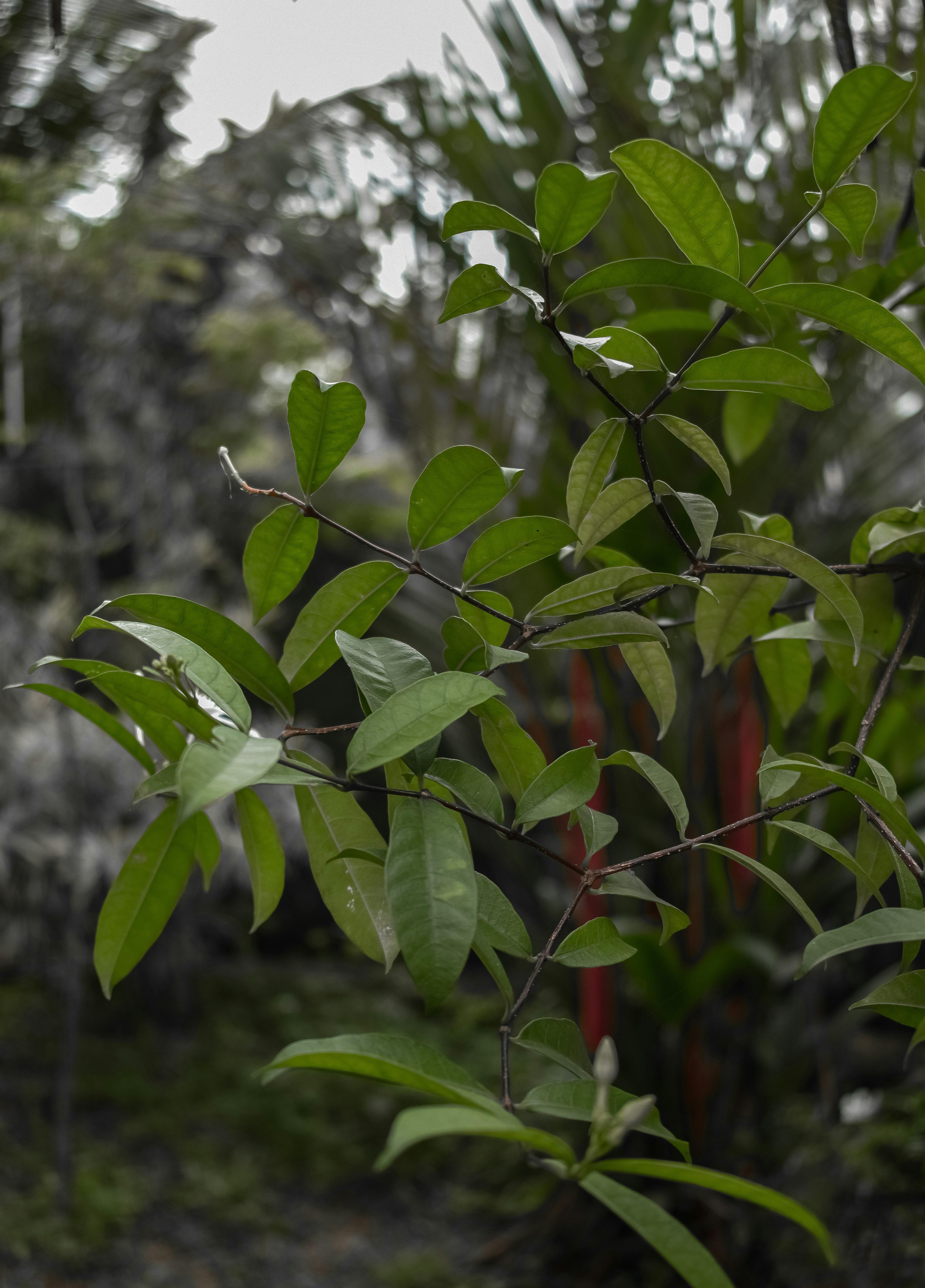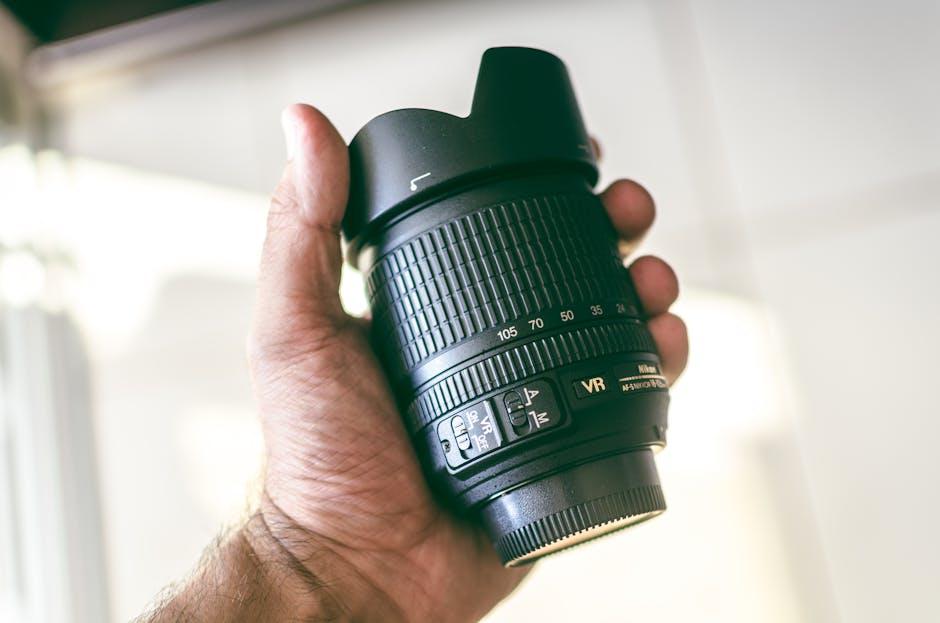In an era dominated by digital wizardry and pixels, the allure of practical effects in filmmaking remains a captivating testament to creativity and craftsmanship. While CGI dazzles with its limitless possibilities, a growing number of filmmakers are rekindling their love for the tangible, opting for the tactile magic that practical effects bring to the screen. This article delves into the enduring charm of hands-on artistry, exploring why, amidst a digital revolution, some visionaries still choose the palpable over the pixelated, crafting cinematic experiences that resonate with authenticity and nostalgia.
Crafting Realism: The Tangible Impact of Practical Effects
In an era dominated by digital wizardry, the tactile allure of practical effects continues to captivate filmmakers and audiences alike. The authenticity they bring is unmatched; whether it’s the intricate craftsmanship of a hand-built set or the visceral impact of a meticulously designed creature, these effects breathe life into stories in a way that pixels sometimes cannot. The tangible nature of practical effects allows actors to engage with their environment, creating performances that resonate with a deeper sense of realism.
Practical effects offer several advantages over their digital counterparts:
- Immersion: Real-world elements help actors deliver more genuine reactions, enhancing the viewer’s experience.
- Durability: Unlike CGI, which may age with technological advances, practical effects often maintain their charm over time.
- Craftsmanship: The artistry involved in creating physical effects showcases the dedication and skill of filmmakers.
By integrating these elements, directors can evoke a sense of nostalgia while maintaining a connection to the tangible aspects of filmmaking.

Mastering the Art: Techniques that Bring Stories to Life
Practical effects have a tangible magic that breathes authenticity into a narrative, captivating audiences in ways that often surpass the capabilities of computer-generated imagery. By leveraging real-world elements, filmmakers can create immersive experiences that resonate with viewers on a deeper level. The tactile nature of practical effects can evoke genuine emotions, making the story not just something to watch, but something to feel.
Several techniques contribute to this enchantment:
- Miniatures and Models: Crafting detailed replicas can add depth and realism, allowing for intricate scenes that seamlessly blend with live-action footage.
- Animatronics: These mechanical wonders bring characters and creatures to life, providing actors with real-time interactions that enhance performances.
- Makeup and Prosthetics: Transforming actors into fantastical beings or aged versions of themselves, this artistry adds layers of believability to the storytelling.
- In-Camera Effects: Techniques like forced perspective and optical illusions create magic directly on set, ensuring that what you see is what was captured, not altered in post-production.
While CGI offers endless possibilities, the tactile essence of practical effects ensures they remain a cherished tool in the filmmaker’s arsenal, preserving a connection to the art’s roots.

Balancing Act: When to Choose Practical Over Digital
In the ever-evolving landscape of filmmaking, the choice between practical effects and digital wizardry often hinges on the desired impact and authenticity of a scene. While CGI offers boundless possibilities, there are moments when the tangible, tactile nature of practical effects delivers a more visceral experience. Filmmakers find themselves navigating a complex decision-making process, weighing the benefits of each approach.
- Authenticity: Practical effects often provide a sense of realism that CGI can struggle to replicate. The physical presence of objects and environments can enhance an actor’s performance and create a more immersive experience for the audience.
- Budget: While CGI can be cost-effective for large-scale scenes, practical effects might be more economical for specific sequences, reducing the need for extensive post-production.
- Time Constraints: The setup for practical effects might be time-consuming, but it can eliminate lengthy rendering times associated with digital effects, offering a quicker path to the final cut.
Ultimately, the decision rests on the filmmaker’s vision and the story they wish to tell. Balancing these two approaches can lead to a harmonious blend that captivates audiences, delivering a cinematic experience that feels both magical and grounded.

Timeless Appeal: Why Practical Effects Endure in Modern Cinema
In an age dominated by digital wizardry, the tactile nature of practical effects continues to captivate filmmakers and audiences alike. There’s an authenticity that these effects bring, creating a tangible connection to the on-screen action. Practical effects offer a sense of realism that CGI sometimes struggles to replicate, grounding fantastical elements in a world that feels lived-in and genuine. This enduring appeal lies in their ability to evoke nostalgia while simultaneously pushing creative boundaries.
- Authenticity: Real-world materials and textures provide a visceral experience.
- Nostalgia: Evokes memories of classic films, creating a bridge between past and present.
- Creative Challenge: Encourages innovation in problem-solving, leading to unique cinematic moments.
As filmmakers strive to tell stories that resonate on a deeper level, the allure of practical effects remains undeniable. They serve as a reminder that sometimes, the old ways hold a magic all their own, offering a bridge between imagination and reality that captivates hearts and minds across generations.

